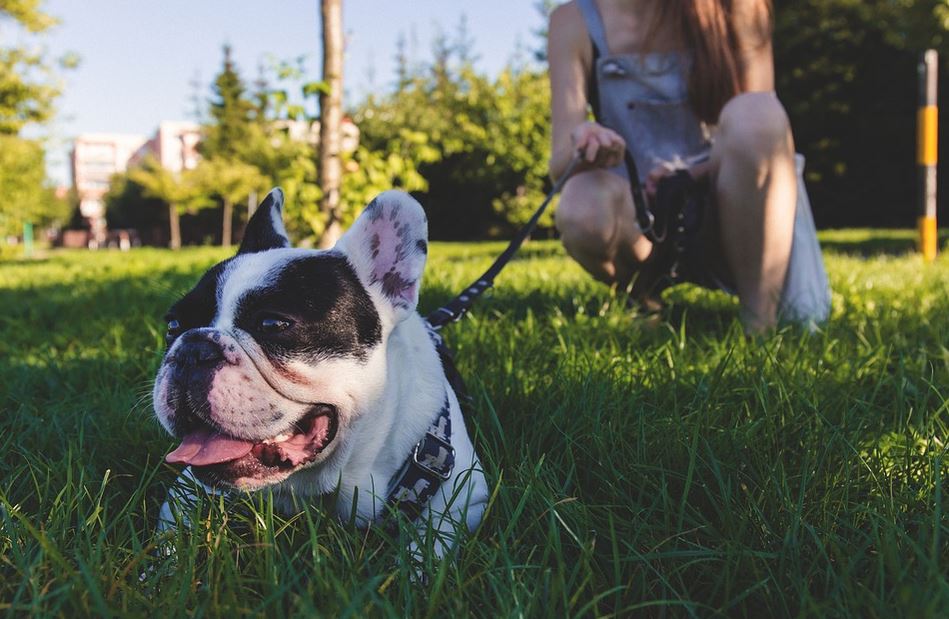Leash training a dog is one of the most enjoyable activities ever in being a dog trainer. It’s quite challenging, and you will always struggle in training your dog at first, but once you get the hang of it, it becomes quite an enjoyable activity.
The major reason in leash training a dog is to eliminate or minimize the act of “pulling away” while you’re walking together. Dogs tend to do that, and if you’re inexperienced, you will be fighting and struggling with your dog all the time while walking, which is quite inconvenient. The secret here is to teach him the concept of a “loose leash” where you don’t strictly keep your dog by your side, but you also allow him to explore a bit while you’re walking. To do this, he should be able to follow your lead so he can be granted freedom to do what he wants to do while he’s on a leash.
A Lesson You Can Learn
Every time, we see homeless people who are naturally followed by stray dogs, even without a leash. Why is that so? Well, it is because dogs understand the routine and the lifestyle of homeless people – they’re out to find food and shelter everywhere they go. Dogs like that a lot so they instinctively follow those who are homeless – they look like leaders to them.
Therefore, you should be that kind of leader too. You should be able to teach your dog that you’re the one he should follow, and it’s not you who should bow down to his every whim. That’s exactly what’s he’s trying to demonstrate everytime he pulls away – he thinks that he’s the one leading the leash, so he goes in an opposite direction. The leash is there for the main purpose of giving you the role to lead. This article will help you unlock that leadership while leash training a dog.
What You Need
A 6-foot leash is ideal in loose leash training. A flat buckle collar is adequate especially if your dog is in the habit of pulling away. Also, don’t forget to bring some treats with you.
Leash Training a Dog in Five Easy Steps
- Because we’re on the business of letting the dog walk on a “loose leash”, we’re going to use a less formal command, such as “let’s go” or “with me”. Every time you start walking, say this command consistently.
- As soon as your dog starts pulling at the end of the leash, stop walking immediately. Just stop walking, and do not move from your position. Don’t fight with him over where he’ll want to go, don’t go the opposite way – just stop. This will teach your dog that he needs to stay within a comfortable leashing range if he wants to explore.
- Once you begin to feel slack in the leash, begin walking again, saying “with me” or “let’s go” as you go.
- Use the treats to make the walk fun and rewarding for your dog. Every time he successfully attempts to control his distance from you, praise him and give him his favorite treat. Tell him “good boy” or if you’ve used a clicker, use that too.
- Sometimes your dog’s attention cannot be truly contained and you will have to deal with things that can truly catch your dog’s attention. What you need to do is to stop walking, and when your dog lets up a little on the leash, begin walking in the opposite direction. Your dog will have very little choice but to follow you.
